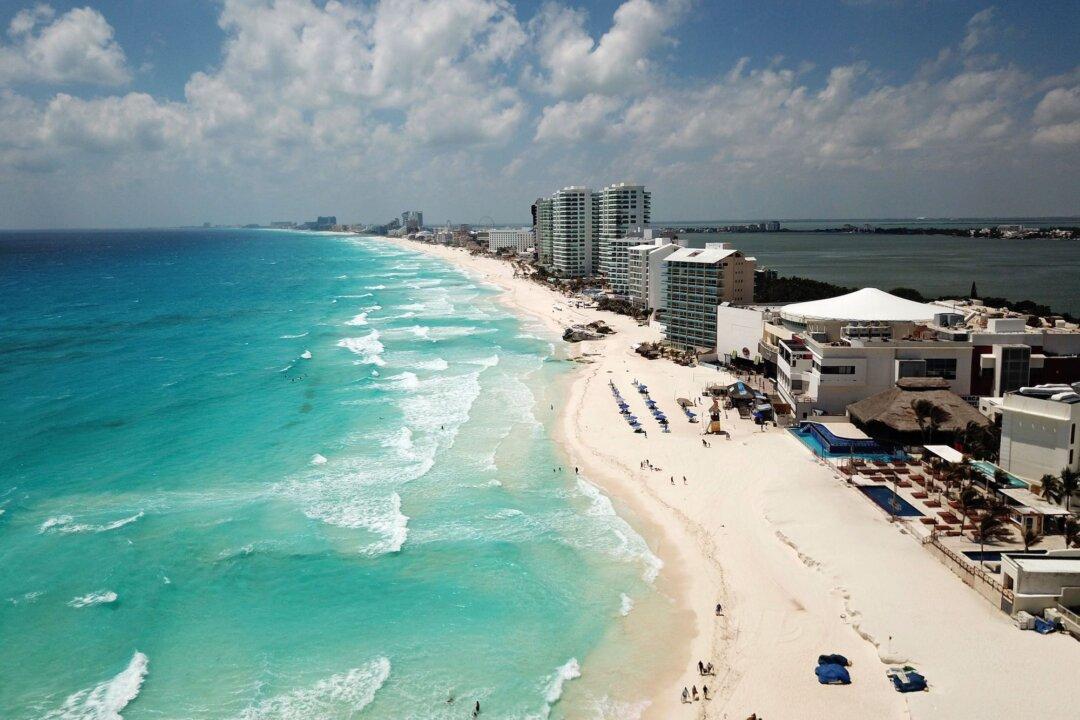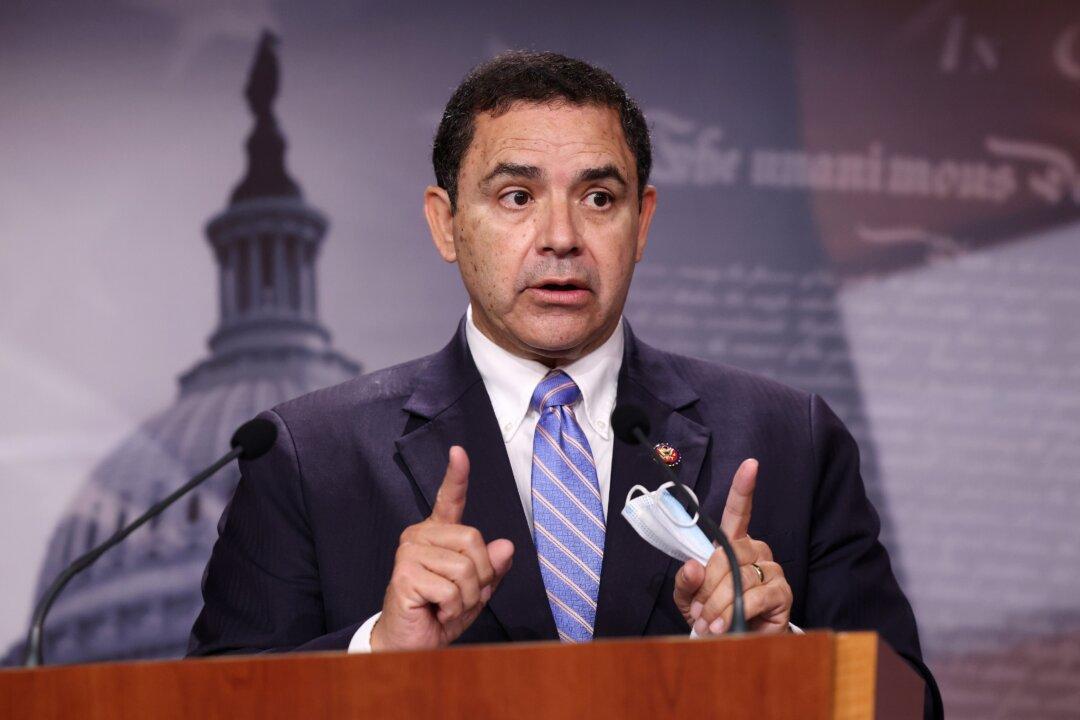Every year, millions of Americans travel south of the border for vacation, particularly during the winter months when many “snowbirds” flock to Mexico in search of warmer climates or a cheaper cost of living.
“'Snowbirds’ are typically retirees or people looking to escape cold winter weather by heading to warmer destinations, such as Mexico. Mexico offers a variety of attractive destinations for snowbirds during the winter months,” Joe Cronin with International Citizens Insurance told The Epoch Times. “Across the board, the average cost of living in Mexico is far lower than in the United States. So much lower, in fact, that the numbers alone might tempt you to start packing your bags if you’ve got a fully remote job.”





